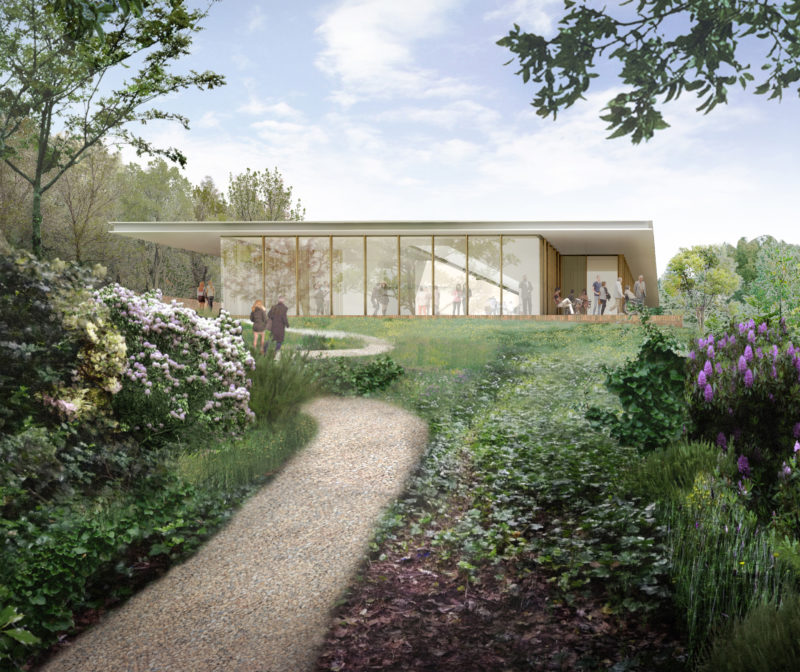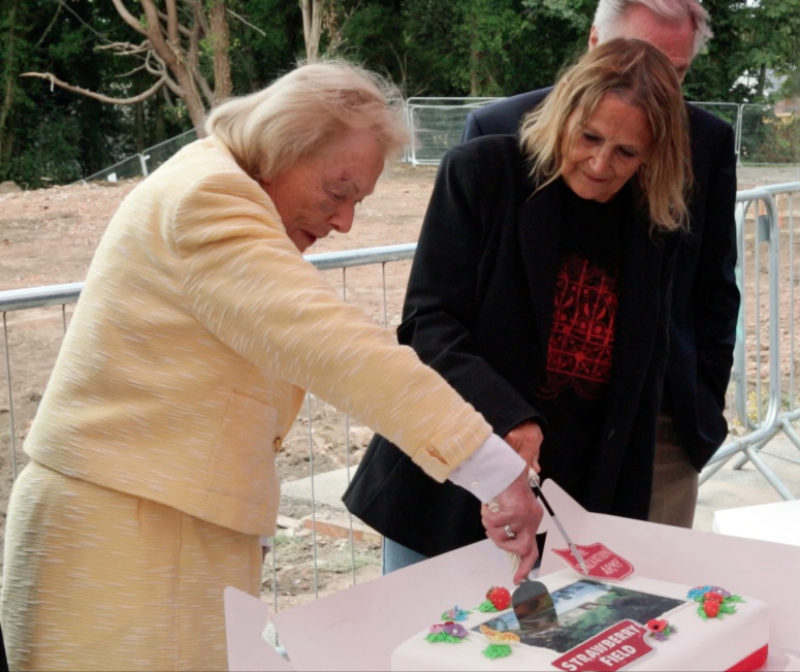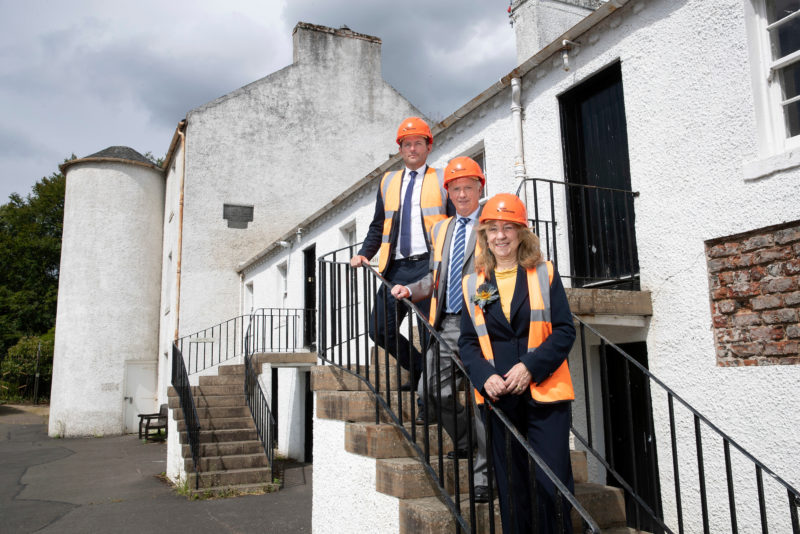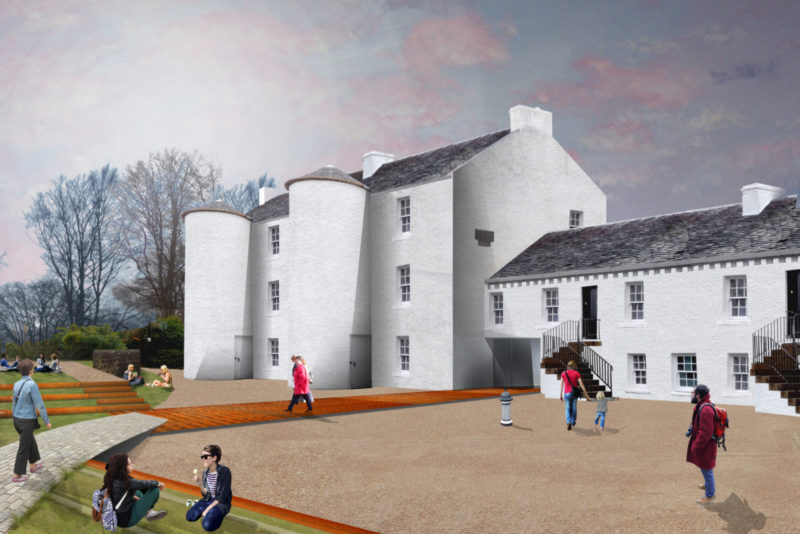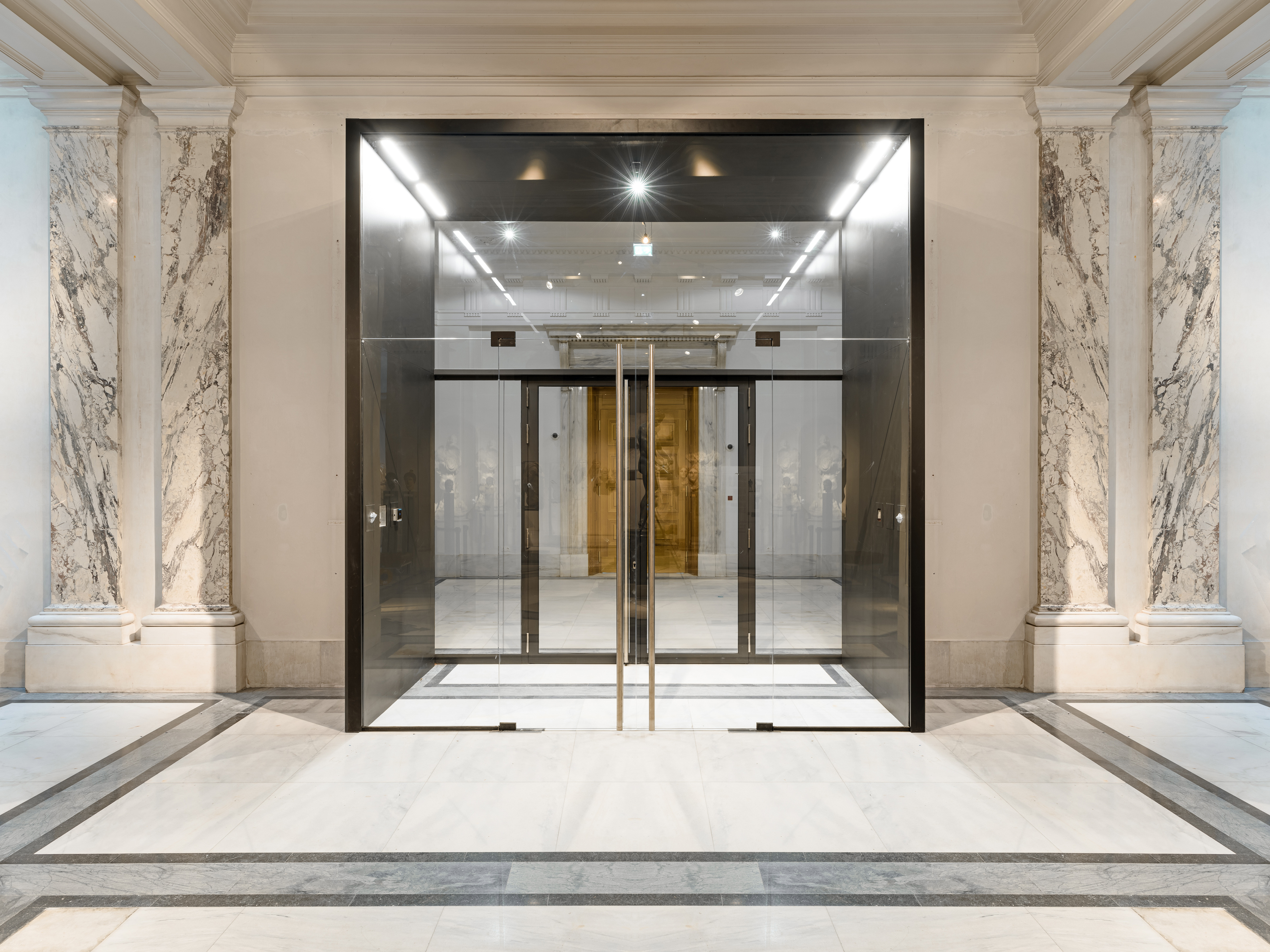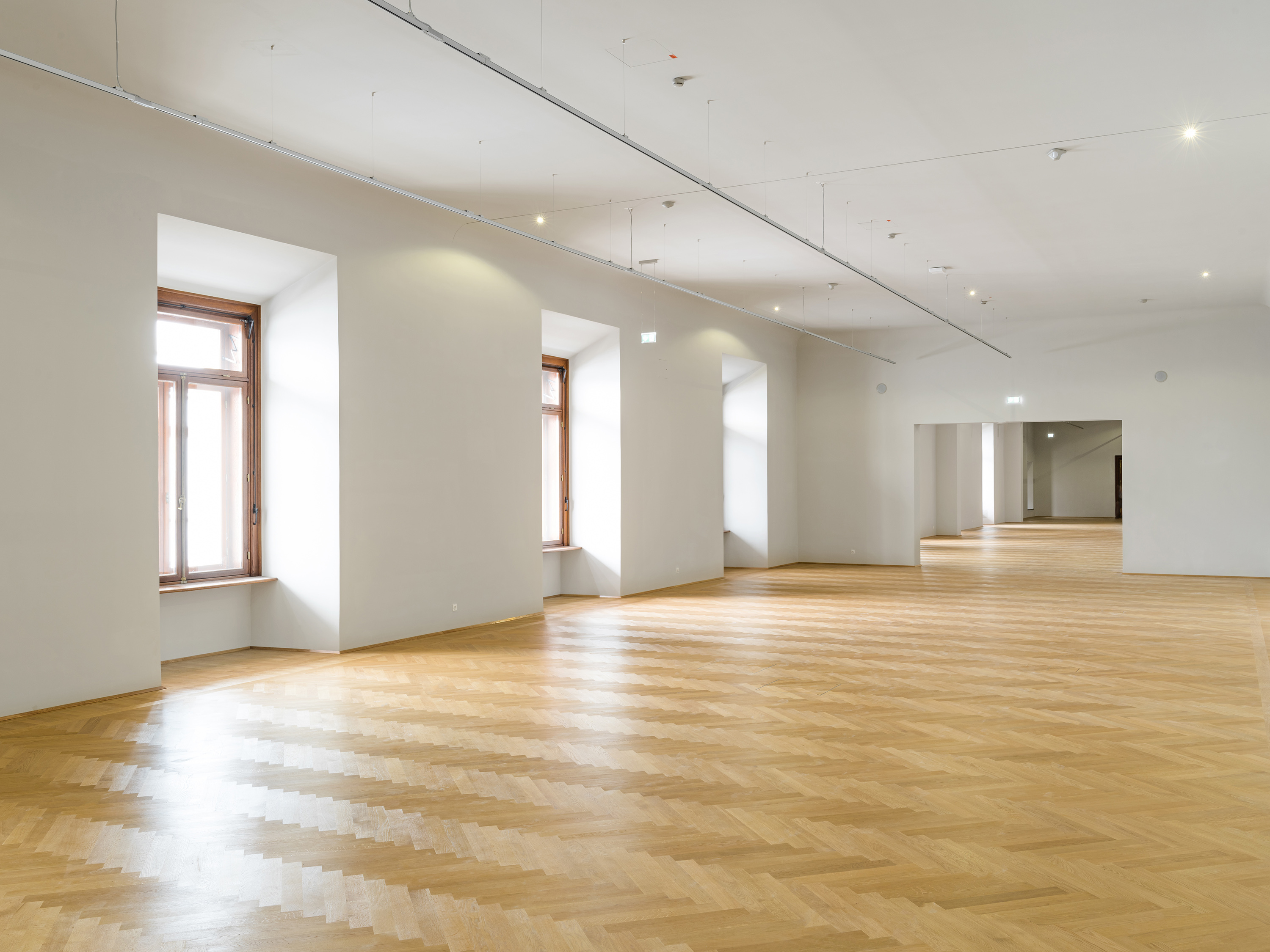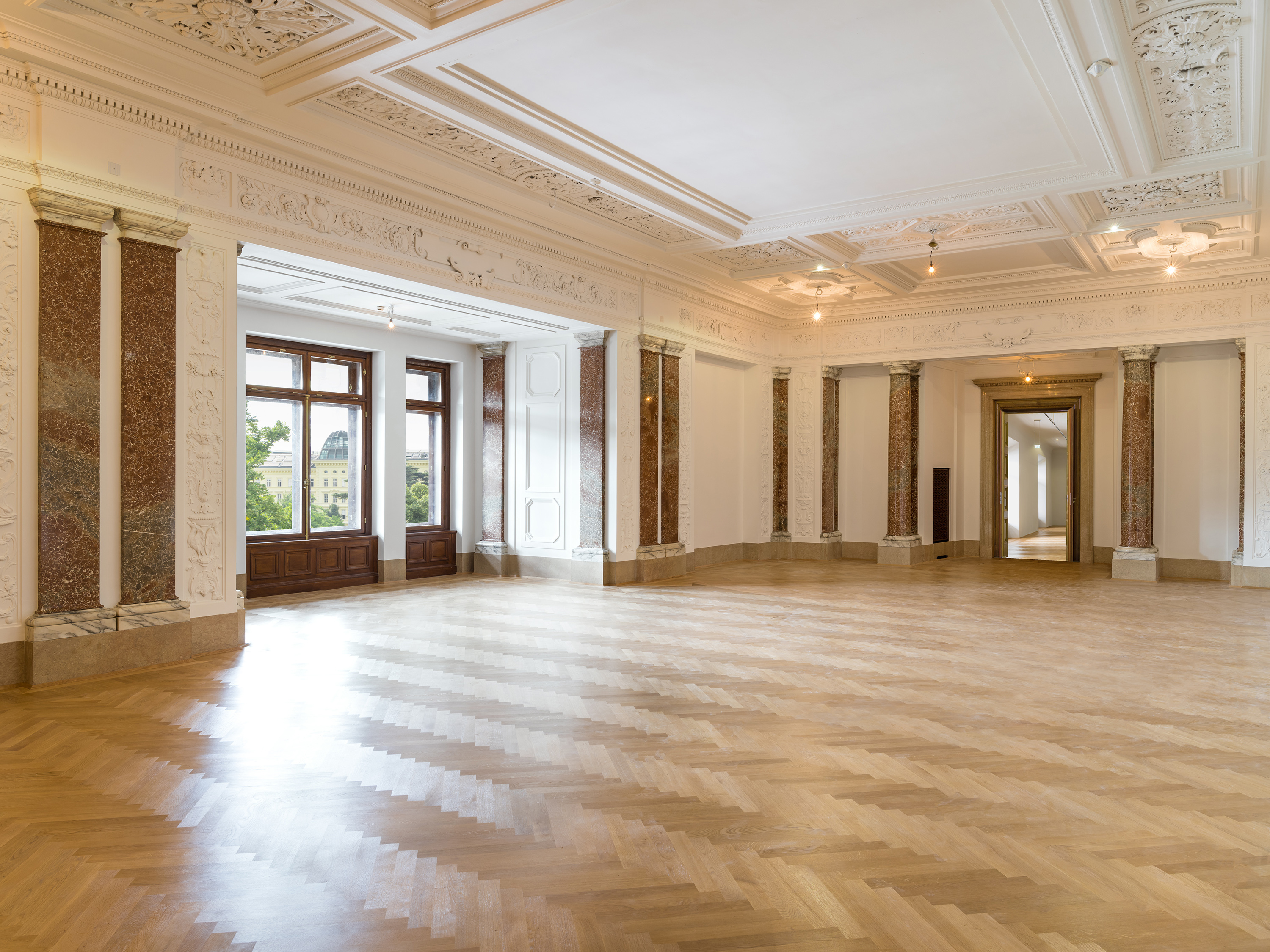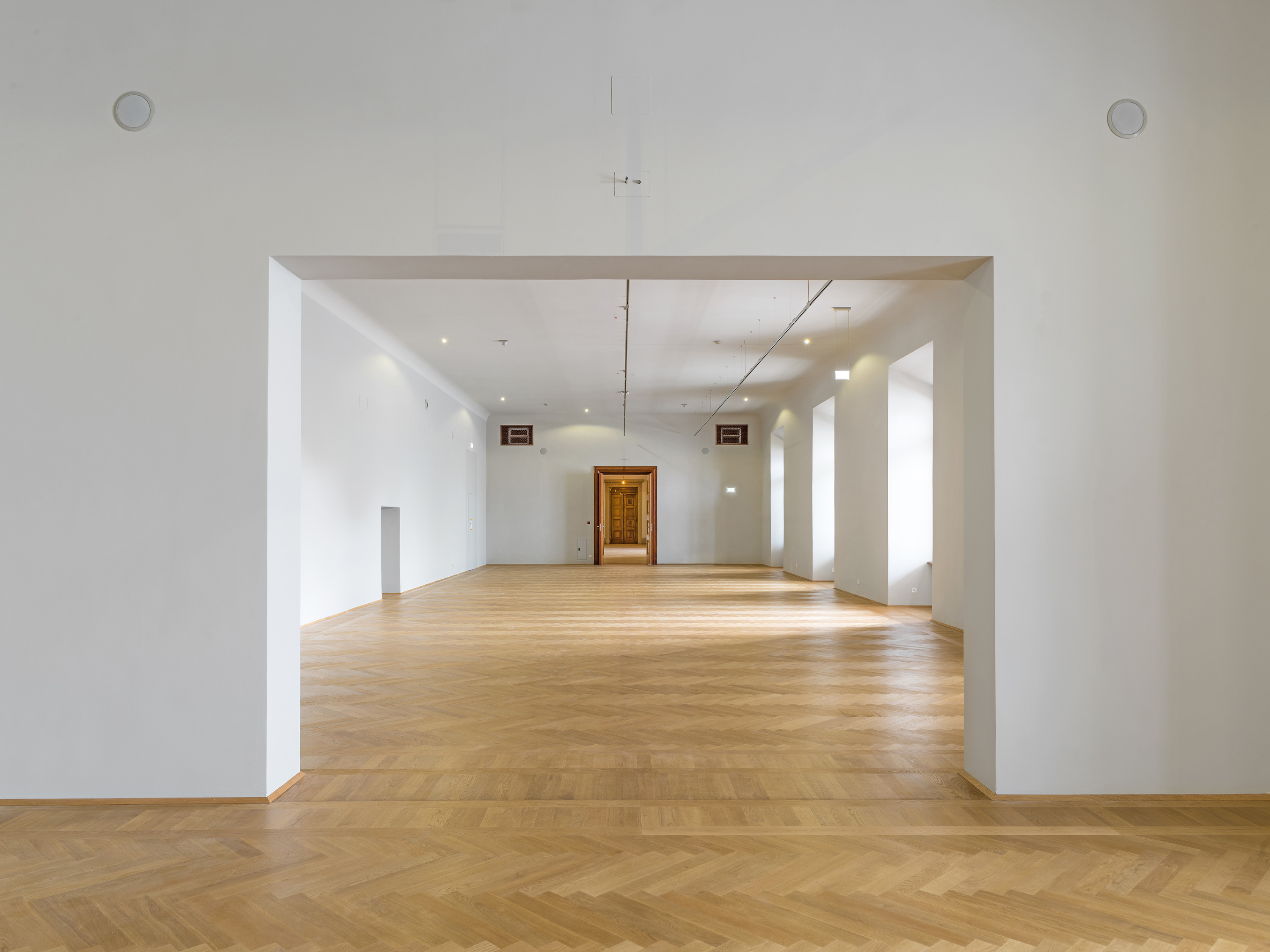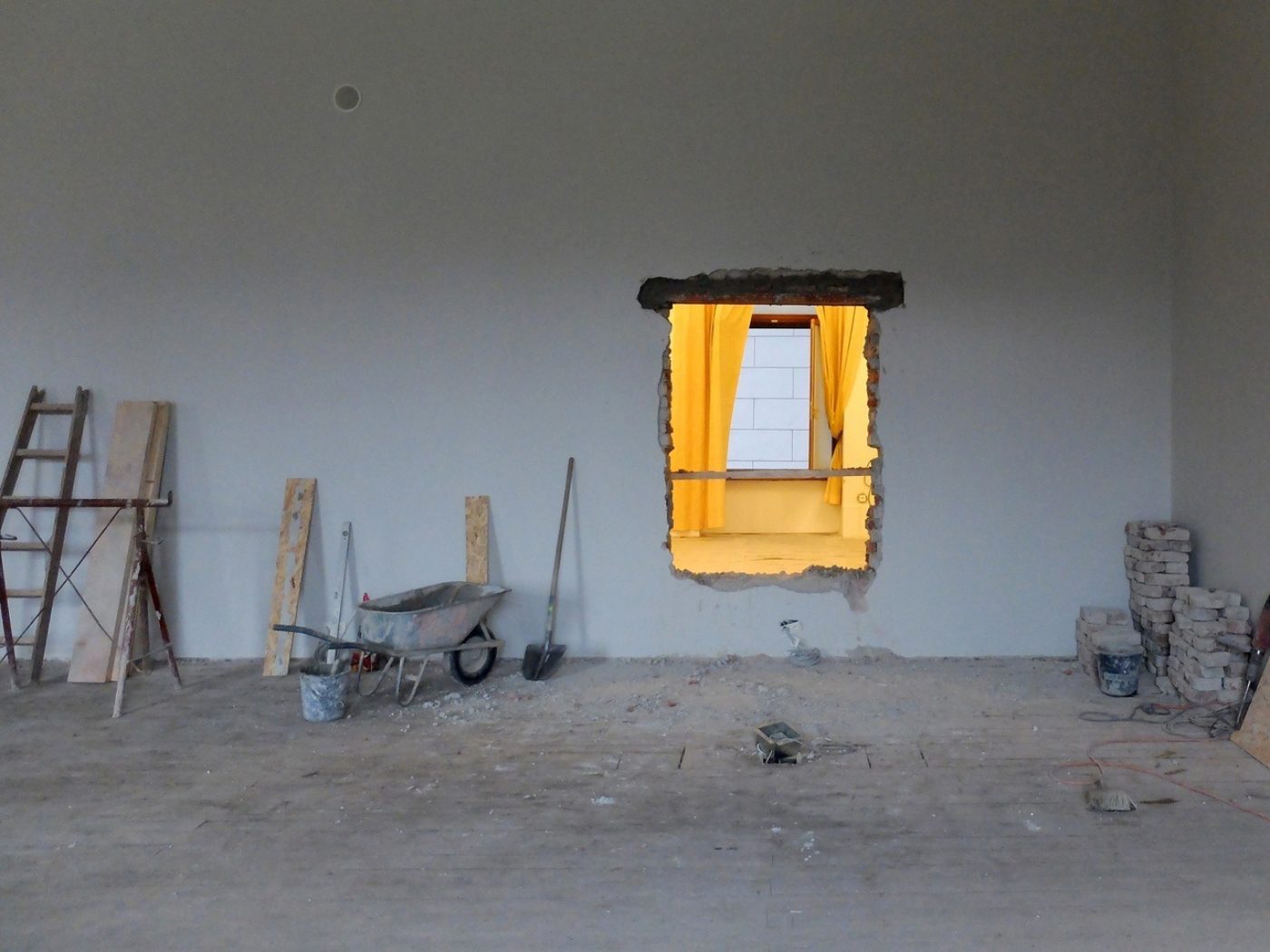Dream House - Workshop 15/09/18
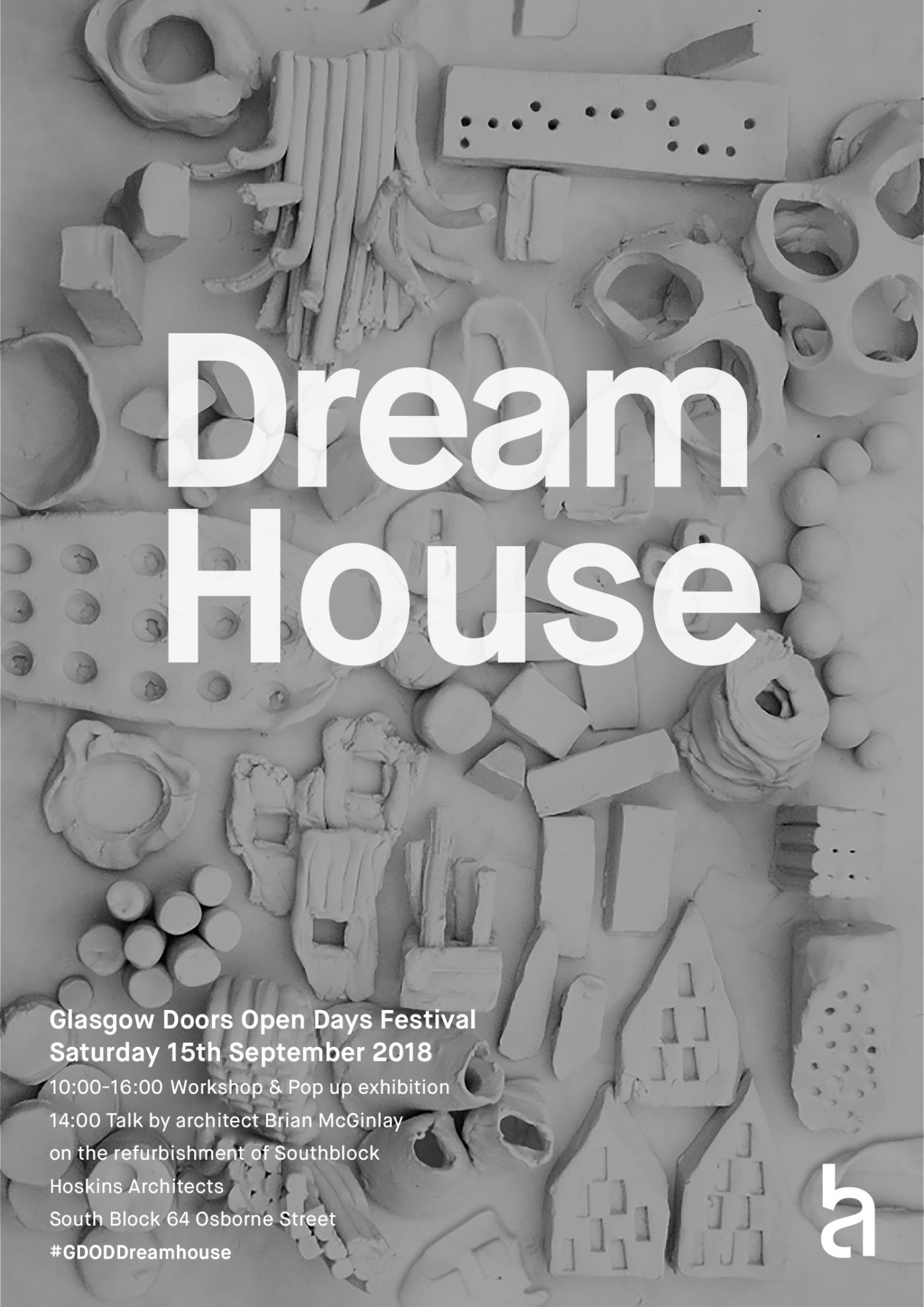
As part of Glasgow Doors Open Days 2018, come and visit Southblock to see Hoskins Architects’ pop up exhibition ‘Home’ & get involved in their drop-in ‘Dream House’ workshop.
Be it an underwater tower block, a bungalow in the sky or Chewbacca's holiday home - get designing!
Visitors will have the chance to design & model their own dream house from plasticine which will become part of a large landscape that is constructed over the course of the day. Hoskins Architects will use the process to explain how the design of buildings and the spaces between them can contribute to improving our lives. The activity is targeted at all ages, skills and abilities.
The workshop is accompanied by an exhibition of houses by MacKay-Lyons Sweetapple Architects & Hoskins Architects, first shown at the Royal Scottish Academy in 2016.
In addition, at 2PM in the gallery space, architect Brian McGinlay will talk about the award-winning refurbishment of SouthBlock, undertaken by Nord Architects on behalf of Wasps Studios.
All materials will be provided. Children are required to be accompanied by an adult. Booking is NOT required. Places will be allocated on a first come first served basis on the day.
Two Ground-breaking Projects for August
Work has begun on a new Hoskins Architects designed centre at Strawberry Field, Liverpool, where John Lennon once played as a child. The project, being undertaken by church and charity The Salvation Army, will see the creation of the first ever visitor facilities on the world-famous site, alongside a vocational training and work placement hub for young people with learning disabilities and is expected to complete in the summer of 2019.
The 1,350m2 building has been designed to maximise views and physical connections to the mature ‘park’ setting. The visitor attraction, telling the story of Lennon’s childhood connection with Strawberry Field, will be located to the north of the site, visible from the famous red gates at Beaconsfield Road and comprises exhibition area, glazed shop and café. The ‘Steps to Work’ training facility will be located at the more private, southern end of the site.
Generous shared stairs at the heart of the building are designed to encourage interaction between building users, while a large over sailing roof plane will create sheltered edges and physically unite the elements to create a pavilion in the park.
A ground-breaking ceremony took place on the 31st of July, with Major Roger Batt, The Salvation Army Divisional Leader welcoming Julia Baird (John Lennon’s sister and Honorary President of the Strawberry Field project), Lady Judy Martin OBE, Cliff Cooper (Founder and CEO Orange Music Electronic.co) and young adults who are amongst the first group of trainees to pass through the Steps to Work placement hub.
In the same week construction work began on-site on the much-anticipated Birthplace Project to transform The David Livingstone Centre into a world-class visitor attraction in Blantyre, the civil parish in South Lanarkshire, Scotland, after which Malawi’s second largest city is named.
Hoskins Architects has been working with the David Livingstone Trust to restore and renovate the site which includes the iconic Shuttle Row mill-workers’ tenement where the legendary explorer and missionary was born and raised.
The Birthplace Project is jointly funded by The National Lottery through The Heritage Lottery Fund, the Scottish Government and Historic Environment Scotland. The funding will see David Livingstone’s birthplace redeveloped to provide a vibrant new museum, setting Scotland in a global context and celebrating the inspirational story of how a poor millworker became one of the most popular British heroes of the Victorian era and a hero of some Sub Saharan African countries today.
The project will include the renewal of the historic buildings, a newly interpreted exhibition which will showcase artefacts from the Trust’s collection of 3000 objects and an upgrade of visitor facilities such as the café and shop.
David Livingstone is considered to be of great international importance in terms of his contribution to science, exploration, faith and humanitarianism. Born in 1813 in a cramped mill home, Livingstone started his working life aged ten with 12-hour shifts in the cotton factory.
However, his passion for education, exploration and his deep faith led him to Christian missionary work and 30 years of exploring Africa, often in places where no European had previously ventured. His discoveries – geographic, technical, medical, and social – provided a complex body of knowledge that is still being studied today.
The respect he gained from Sub Saharan individuals, such as Chief Sechele of the Bakwain people, opened the door to missionaries who introduced education and health to the local people, inspired abolitionists of the slave trade, and influenced European and Western attitudes towards Africa.
Find out more about the David Livingstone Trust on their website: https://www.david-livingstone-trust.org
Hand Over at hdgo, Vienna
Following on from of our Weltmuseum Wien project, Hoskins Architects is currently overseeing completion of works in the neighbouring Neue Burg to create exhibition space for the new House of Austrian History (Haus der Geschichte Österreich – hdgo). The museum – the first museum in Austria to focus on contemporary history – will open to the public in November this year.
Operated by the Austrian National Library, the museum invites visitors to examine Austria’s history in concisely recounted and contemporary presentation. Starting with the foundation of the democratic republic in 1918, the exhibition focuses on social change and political fault lines. Questions aimed at the past yet relevant to the present aim to highlight courses of action for the present and future. Designed to be a discussion forum for the whole of Austria, the House of Austrian History attaches special importance to European and international networking. The inaugural exhibition, with the working title “Austria 1918 – 2018”, discusses the developments of the last one hundred years, showcasing exciting objects and encouraging an examination of the central themes of Austrian history.
Photo Credits: Haus der Geschichte Österreich / Klaus Pichler
On Monday 26th July Hoskins Architects were delighted to hand over circa 1,800 m² of comprehensively renovated exhibition space to enable the museum to begin fit-out works for the exhibition, whilst continuing work on the wider elements of the project including the careful insertion of new access and escape routes into the historic fabric of the Neue Burg.
Consortium of Hoskins Architects, Ralph Appelbaum Associates and Wenzel+Wenzel to design the new Museum für Franken at Marienberg Fortress, Würzburg
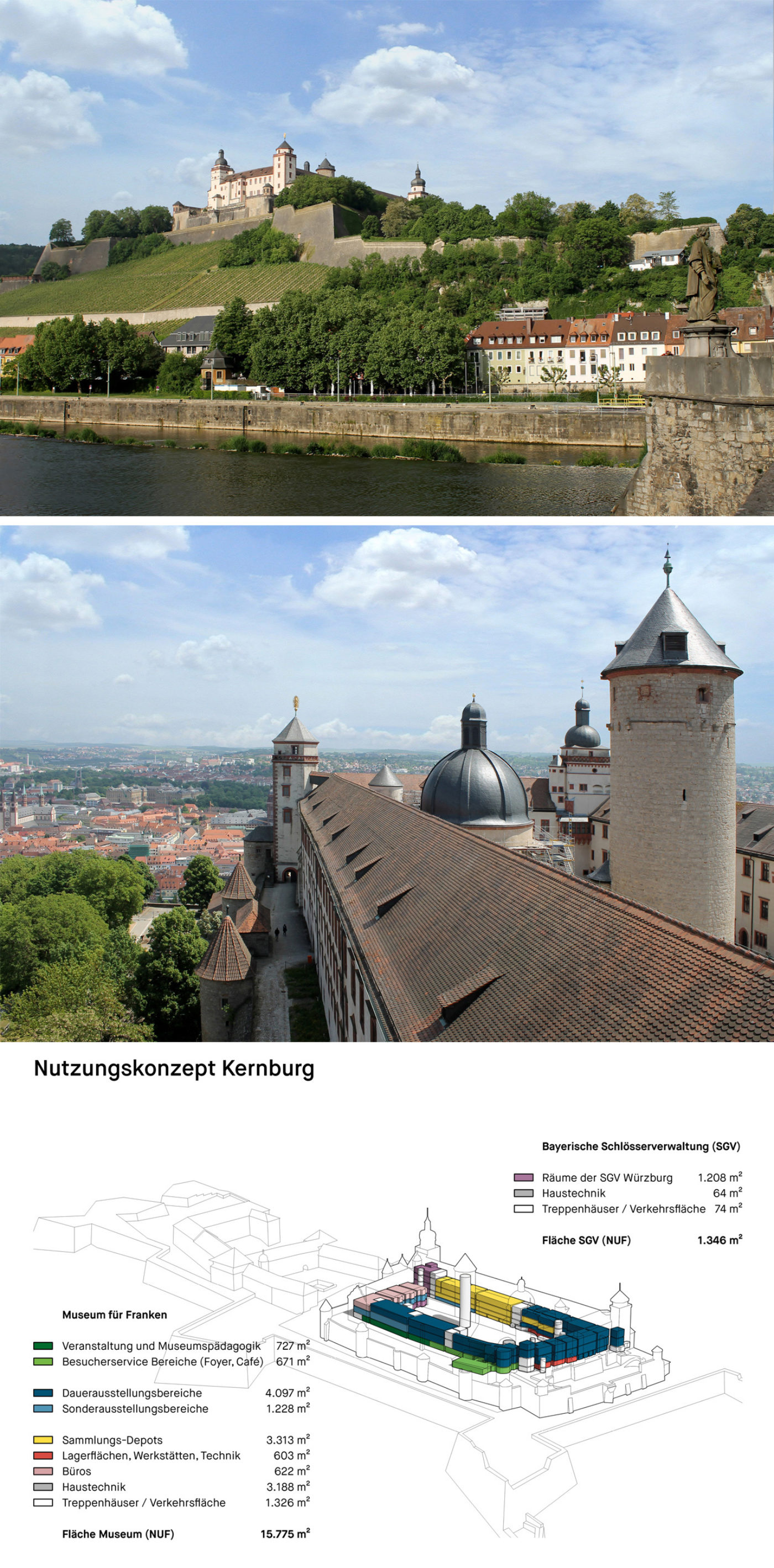
Die Bewerbergemeinschaft bestehend aus Hoskins Architects (Architekturplanung), Ralph Appelbaum Associates (Ausstellungsgestaltung) und Wenzel+Wenzel (Ausführung) erhielt im April 2018 vom Staatlichen Bauamt Würzburg im Auftrag der Bayerischen Schlösserverwaltung den Zuschlag im europaweit ausgeschriebenen Vergabeverfahren für Sanierung und Umbau der Festung Marienberg zum Museum für Franken - Staatliches Museum für Kunst- und Kulturgeschichte. Das Projekt umfasst die innere Neustrukturierung und Umgestaltung der gesamten Kernburg auf einer Fläche von insgesamt über 17.000 m². Der neue Dauerausstellungsbereich des Museums für Franken wird ca. 4.000 m² umfassen. Weitere Flächen sind für Sonderausstellungsbereiche, Besucherinfrastruktur, Depot und Verwaltung vorgesehen.
Die Festung Marienberg prägt das Bild der Stadt Würzburg schon von weitem. Die Ursprünge der Festung reichen bis ins 8. Jahrhundert zurück. Vom 13. bis ins 18. Jahrhundert war die Festung der Sitz der Würzburger Fürstbischöfe. Im 17. Jahrhundert wurde die Burg als barocke Festungsanlage ausgebaut. Nach starker Zerstörung im 2. Weltkrieg erfolgte in den Nachkriegsjahren der langsame Wiederaufbau und neben einer musealen Nutzung auch die Nutzung verschiedener Teilbereiche durch unterschiedliche Institutionen, unter anderem als Staatsarchiv und als Tagungszentrum.
Im Rahmen des Umbaus zum Museum für Franken wird die gesamte Festungsanlage schrittweise saniert um den heutigen Anforderungen als Museumsstandort und Besucherattraktion gerecht zu werden. Das Museum für Franken in der Kernburg im Herzen der Festung stellt in diesen weitreichenden Plänen den wichtigsten Baustein dar.
Das Museum für Franken geht hervor aus dem ehemaligen Mainfränkischen Museum. Im Januar 2017 ist es in die Trägerschaft des Freistaats Bayern übergegangen, der auch die Umbaumaßnahmen finanziert.
Unter dem Namen Museum für Franken – Staatliches Museum für Kunst- und Kulturgeschichte in Würzburg soll das Museum in Zukunft ganz Franken einschließlich der Geschichte der Stadt Würzburg präsentieren und seinen Sammlungshorizont bis in die Gegenwart erweitern. Die Sammlungsbestände des Museum umfassen unter anderem die weltweit größte Sammlung von Skulpturen des Bildhauers Tilman Riemenschneider (1460–1531), eine bedeutende Gemäldesammlung, eine archäologische Sammlung mit Zeugnissen der Vor- und Frühgeschichte Frankens, das für die Geschichte Frankens sehr bedeutende Kiliansbanner von 1266, eine umfangreiche kunsthandwerkliche Sammlung mit Möbeln, Fayencen, Gold- und Silberarbeiten aus dem fränkischen Raum sowie zwei eindrückliche Stadtmodelle des mittelalterlichen Würzburg sowie der zerstörten Stadt im Jahr 1945.
Für Hoskins Architects und Ralph Appelbaum Associates stellt das Projekt nach dem Schottischen Nationalmuseum in Edinburgh (2005-2016) und dem Weltmuseum Wien in der Neuen Hofburg (2013-2017) bereits das dritte große gemeinsame Museumsprojekt im historischen Bestand dar.
Mit Wenzel+Wenzel wurde ein erfahrener Partner für die Ausführung gefunden, der seine Qualität schon bei vielen Museumsprojekten unter Beweis gestellt hat, zuletzt unter anderem beim Historischen Museum in Frankfurt und der James Simon Galerie auf der Berliner Museumsinsel.
The Uncommon Beauty of Common Things
Charles and Ray Eames explored what they characterised as ‘the uncommon beauty of common things’ through a rich variety of media. The pleasures of everyday activities, familiar objects, and ordinary encounters were shown to have profound emotional and aesthetic significance, and this sensibility underpinned their design work. In this exhibition, Hoskins Architects brings together a wide range of friends and collaborators working across diverse fields, to examine through a variety of media the special potential of everyday things. The exhibition is part of the Architecture Fringe 2018 Programme and admission is free
Date : 09th, 10th, 16th, 17th, 23rd, 24th June 2018
Time : 10:00-16:00
Location : The Pipe Factory, Glasgow, G40 2LA
June 2018
Ten Years for Tim
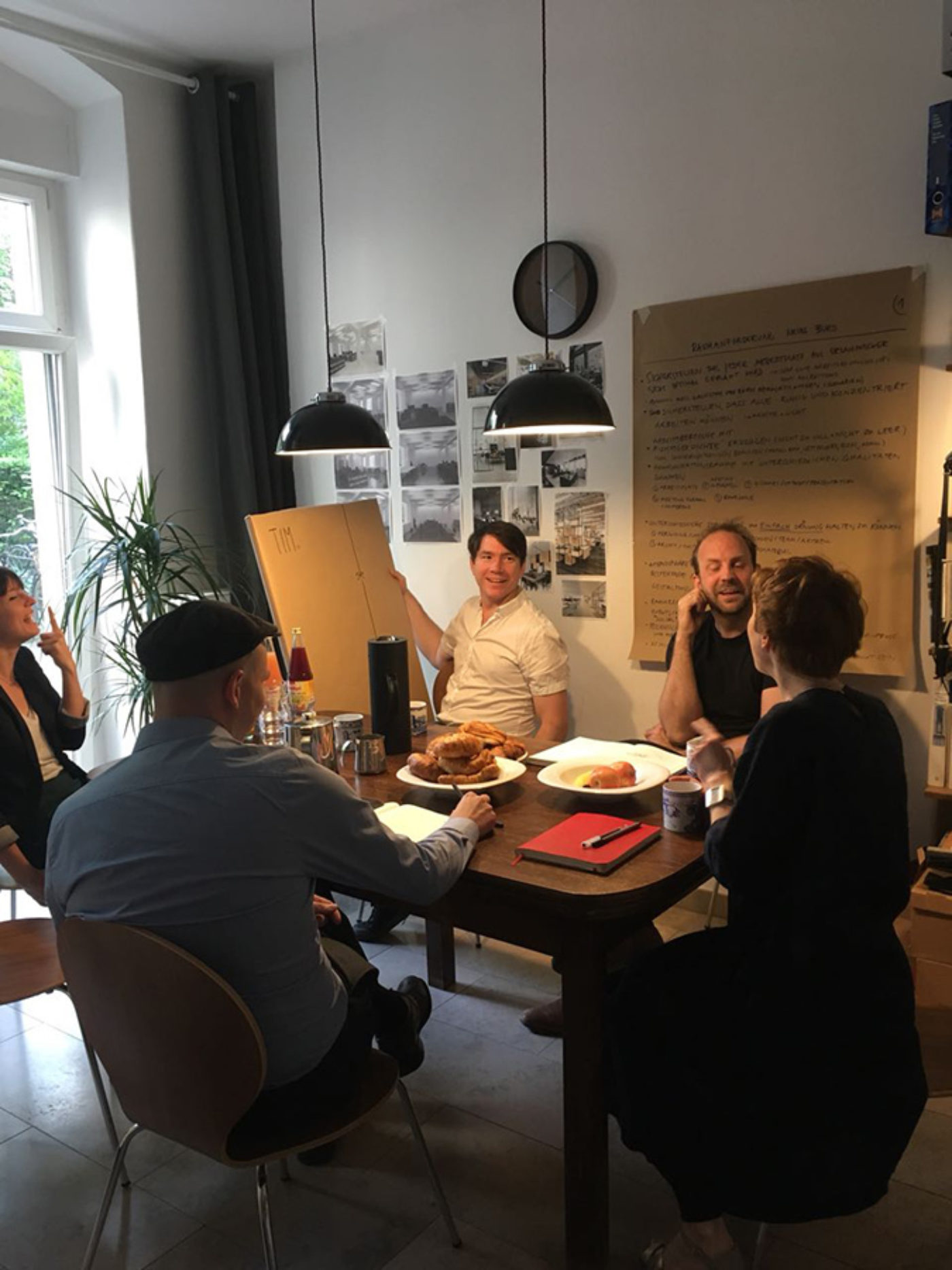
Our Berlin office was pleased to celebrate the 10th anniversary of our colleague Tim Harland at the tail end of May. After relocating from Australia to Scotland (for the weather, naturally) Tim joined the Glasgow office in 2008, working initially on 6 St Andrew Square, and proving an enthusiastic if ‘Antipodean’ addition to our football team. Later Tim worked on wide range of cultural and education projects, as well as competitions including our entry for Fort York in Toronto and Notre Dame & St Peter’s Primary School in Glasgow. He then focussed on projects in the healthcare sector, including our award winning Ballymena Health and Care Centre in Northern Ireland and Eastwood Health and Care Centre in East Renfrewshire.
Tim was heavily involved in the development of our internal ‘Green Group’ which focuses on continually improving the environmental performance of our built work, and supporting the development of our Environmental Management System which was accredited under ISO 14001 in 2011.
In 2015 Tim moved to our Berlin office where he has worked on the Weltmuseum in Vienna as well as projects for Standard Life Investments in Hamburg and Frankfurt.
May 2018

